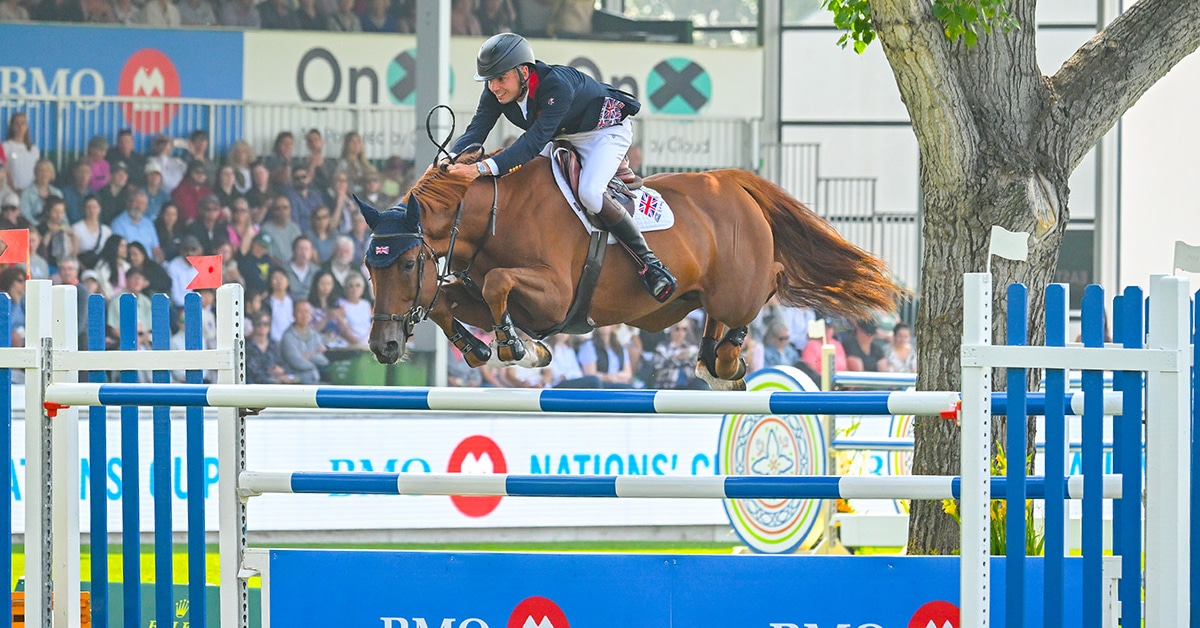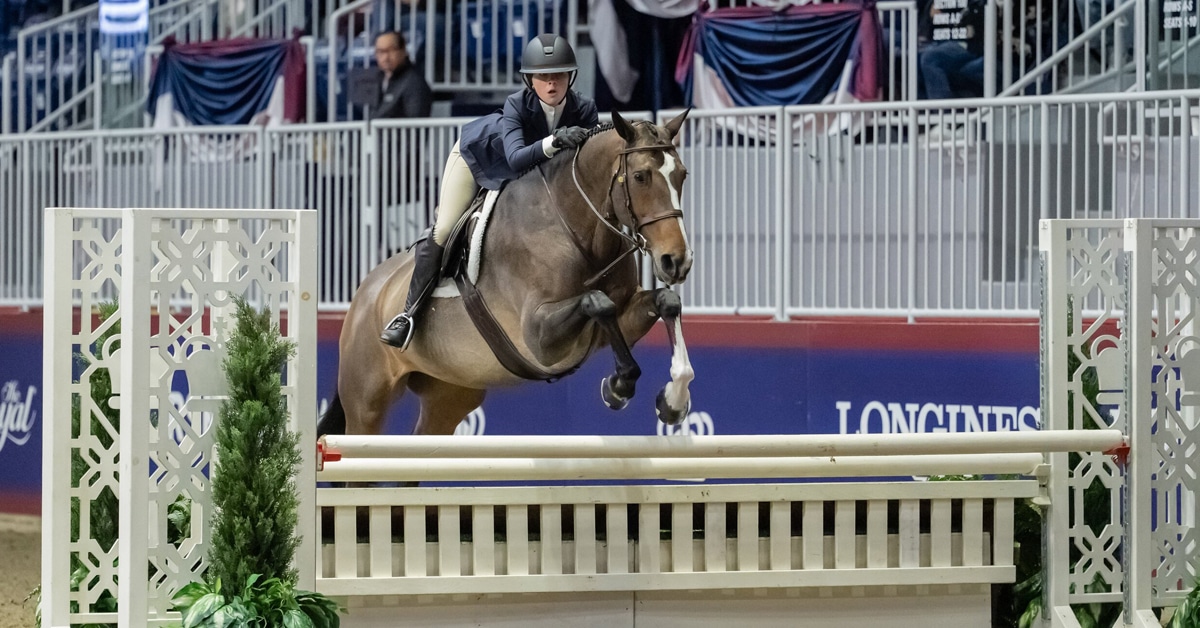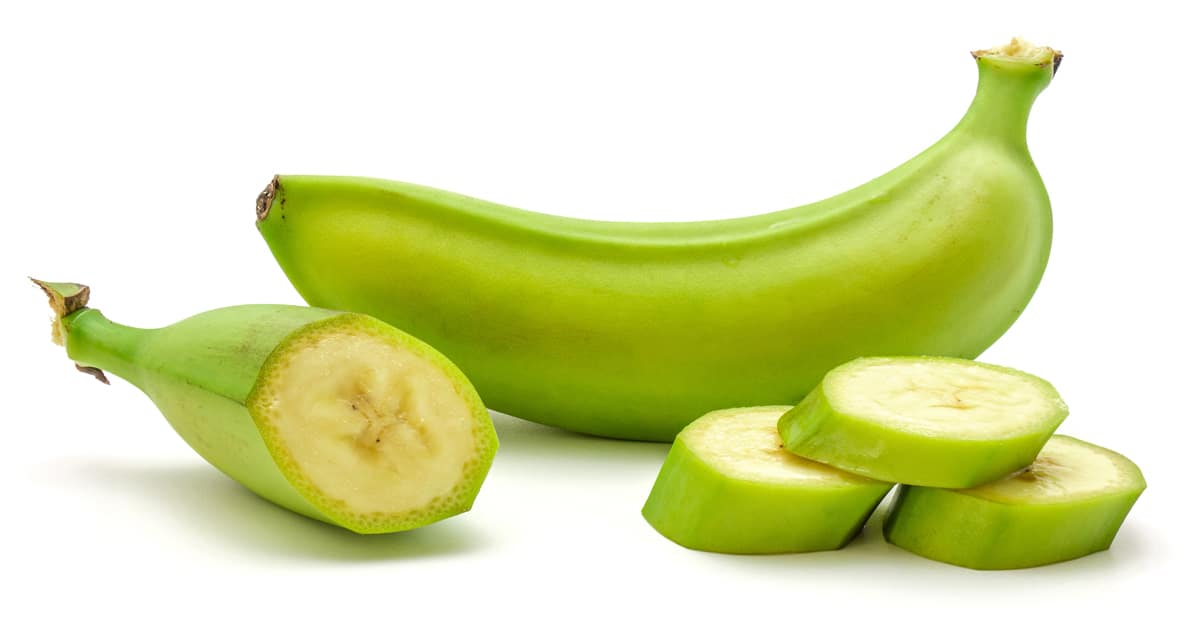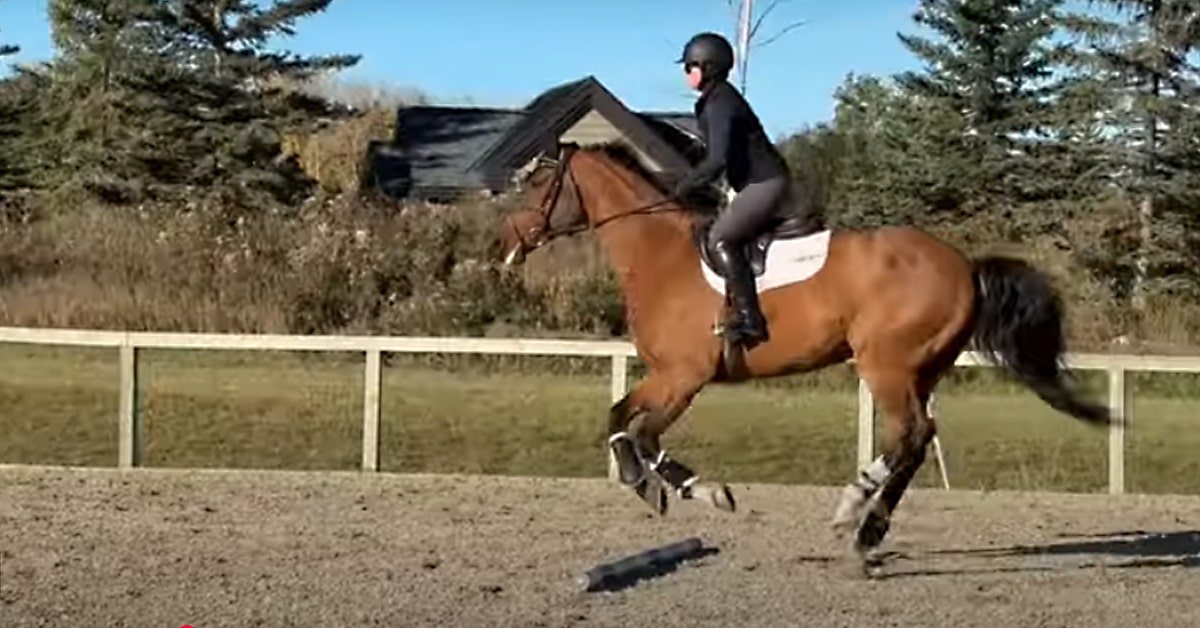Q: I have heard that the practice of purposely keeping young horses thin to help with soundness later in life is fairly common. Is there any proof this works?
A: Obesity in young horses is something you want to avoid; however, it is important to make sure your foal or weanling is not too thin! Ribs should not be visible, but should be easily felt when you run your fingers over the animal’s flank, and the loin, croup, and neck should not have any bony structures visible (a 5 on the Henneke body condition chart).
Osteochondritis dissecans (OCD), developmental bone lesions associated with abnormality of the cartilage within the joint, is always a risk when raising young horses. Finding a happy medium in body weight is a good start in preventing OCD.
Long bones in mammals are developed through bony replacement of a cartilage skeleton in the fetus. By the time the animal is born, the majority of the bone is bony tissue; however, there is still an area of cartilage present near each end of the long bones called the ‘growth plate’ which allows the bone to continue to grow as the animal ages. Sometimes the replacement of cartilage with bone is incomplete and results in thickened and retained joint cartilage which has an abnormal structure and causes the integrity of the joint to be poor. During the period of rapid growth from four months to one year, extra weight should be avoided to prevent undue stress on this cartilage, as young horses are most vulnerable to bone and joint disease.
Genetic Factors
Because OCD can be such a performance-limiting condition, a lot of research has been conducted. Genetics and nutrition seem to play a large role. Thoroughbreds and Warmbloods are specifically known to have genetically-related OCD and a lot of Thoroughbred yearlings are routinely radiographed before racing sales to ensure they do not have any OCD lesions.
Rapid growth rate and large body size also show a higher prevalence of OCD lesions in horses. In Thoroughbreds, where racing starts at a young age, it is beneficial for horses to grow and mature quickly, and therefore OCD lesions are common.
Nutritional Factors
In order to enable horses to grow at an enhanced rate, high-energy diets are often fed. Diets containing over 50% sweet feed have been linked to developmental OCD lesions. By nature, horses are not designed to eat a high-carbohydrate (energy) diet, which can also lead to insulin resistance. Foals between the ages of 3 and 12 months are naturally insulin-resistant because their natural diet is milk from the mare and grass. Typically, OCD lesions develop during this time when adding a feed high in carbohydrates adds an extra sugar load on the foal’s body.
Mineral deficiencies of calcium, phosphorus and/or copper result in improper bone growth and formation, which in turn can cause OCD-type lesions. Usually commercial foal and weanling feeds have a good balance of minerals to prevent such deficiencies; however, certain regions can have soil particularly lacking in specific minerals. Speak to your veterinarian or equine nutritionist about your foal’s diet to ensure its best weight and long-range outcome.
The Latest









